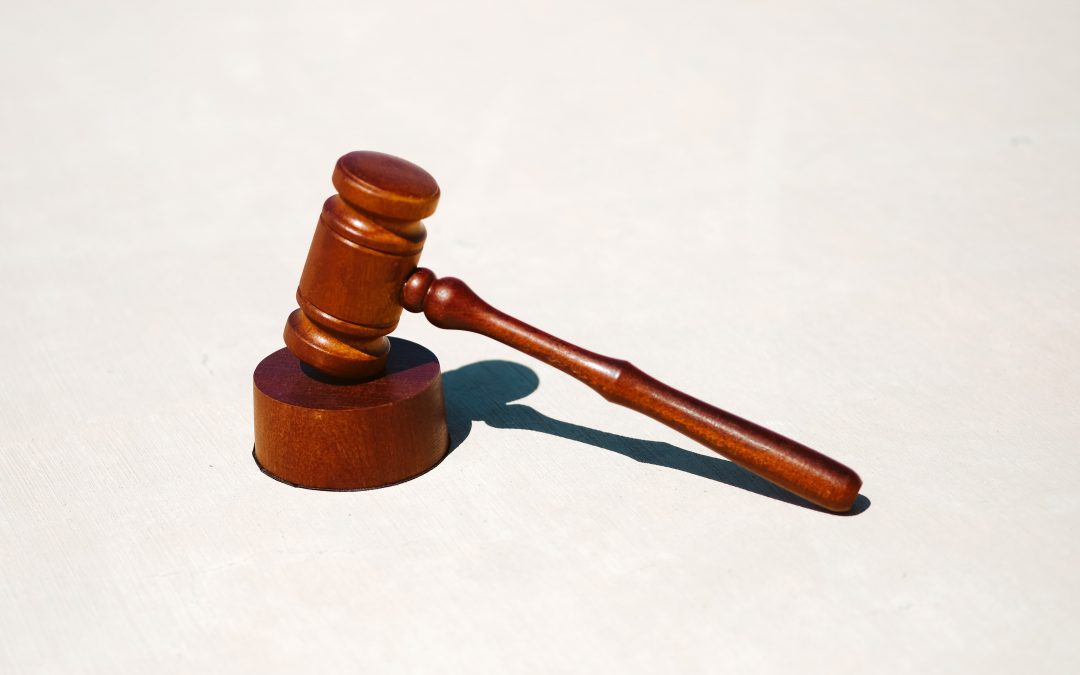In today’s digital era, text messages, emails, and other forms of electronic communication have become an integral part of our daily lives. When it comes to legal proceedings, the authenticity and integrity of digital text evidence are paramount. This is where digital forensics steps in, providing a robust framework for validating text messages and ensuring their admissibility in court. In this blog post, we will explore the importance of using digital forensics to validate text for court cases, highlighting its role in preserving the truth and upholding justice.
- The Significance of Text Message Evidence
- Increasing Reliance on Digital Communication
- Text Messages as Critical Evidence in Court Cases
- Challenges in Assessing the Authenticity of Text Messages
- Understanding Digital Forensics in Text Validation
- What is Digital Forensics?
- Role of Digital Forensics in Text Message Validation
- Extracting and Analyzing Metadata for Authentication
- Techniques for Validating Text Messages
- Data Extraction from Mobile Devices and Cloud Services
- Verification of Message Integrity and Timestamps
- Identification of Deleted or Altered Messages
- Analysis of Communication Patterns and Context
- Ensuring Admissibility of Text Evidence
- Chain of Custody and Preservation of Evidence
- Compliance with Legal and Procedural Requirements
- Expert Testimony and Presentation of Findings
- Case Studies: Real-Life Examples
- Landmark Cases where Text Message Validation was Crucial
- Impact of Validated Text Evidence on Trial Outcomes
- Benefits of Using Digital Forensics in Text Validation
- Strengthening the Credibility of Text Message Evidence
- Counteracting Claims of Fabrication or Tampering
- Enhancing the Efficiency and Accuracy of Legal Proceedings
- Ethical Considerations and Future Challenges
- Privacy and Data Protection Concerns
- Emerging Technologies and their Impact on Text Validation
- Continuous Advancements in Digital Forensics Practices
Conclusion: Digital forensics plays a pivotal role in validating text messages for court cases, ensuring the integrity and admissibility of electronic communication evidence. By employing specialized techniques and methodologies, digital forensic experts can extract vital information, analyze metadata, and establish the authenticity of text messages. This not only strengthens the credibility of the evidence presented but also contributes to the fairness and accuracy of legal proceedings.
As the reliance on digital communication continues to grow, it becomes increasingly important to have robust mechanisms in place to validate and authenticate text messages. By leveraging the power of digital forensics, we can uphold the principles of justice, preserve the truth, and make informed decisions based on reliable evidence.

